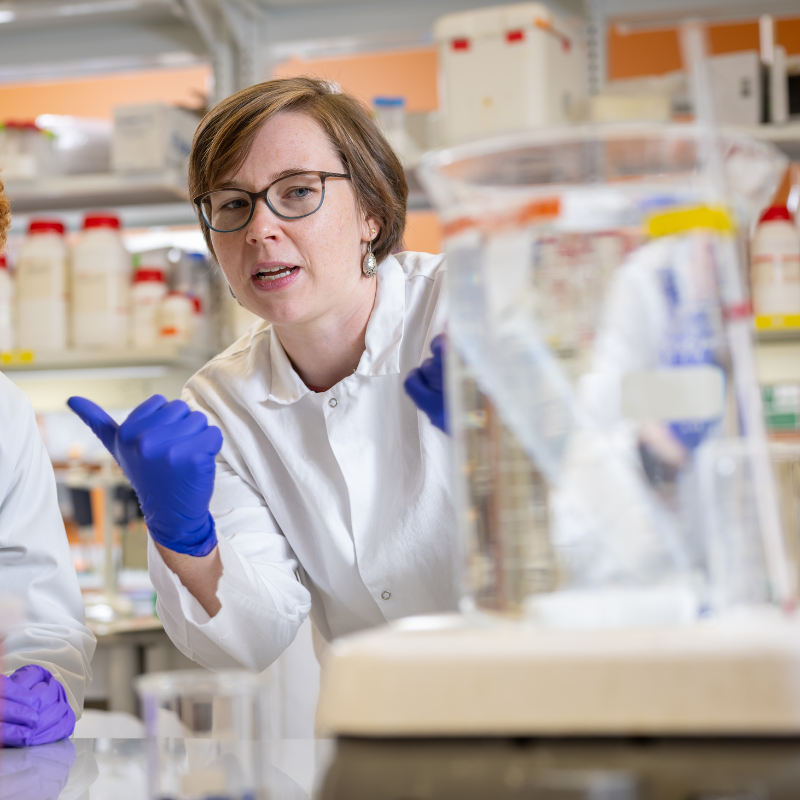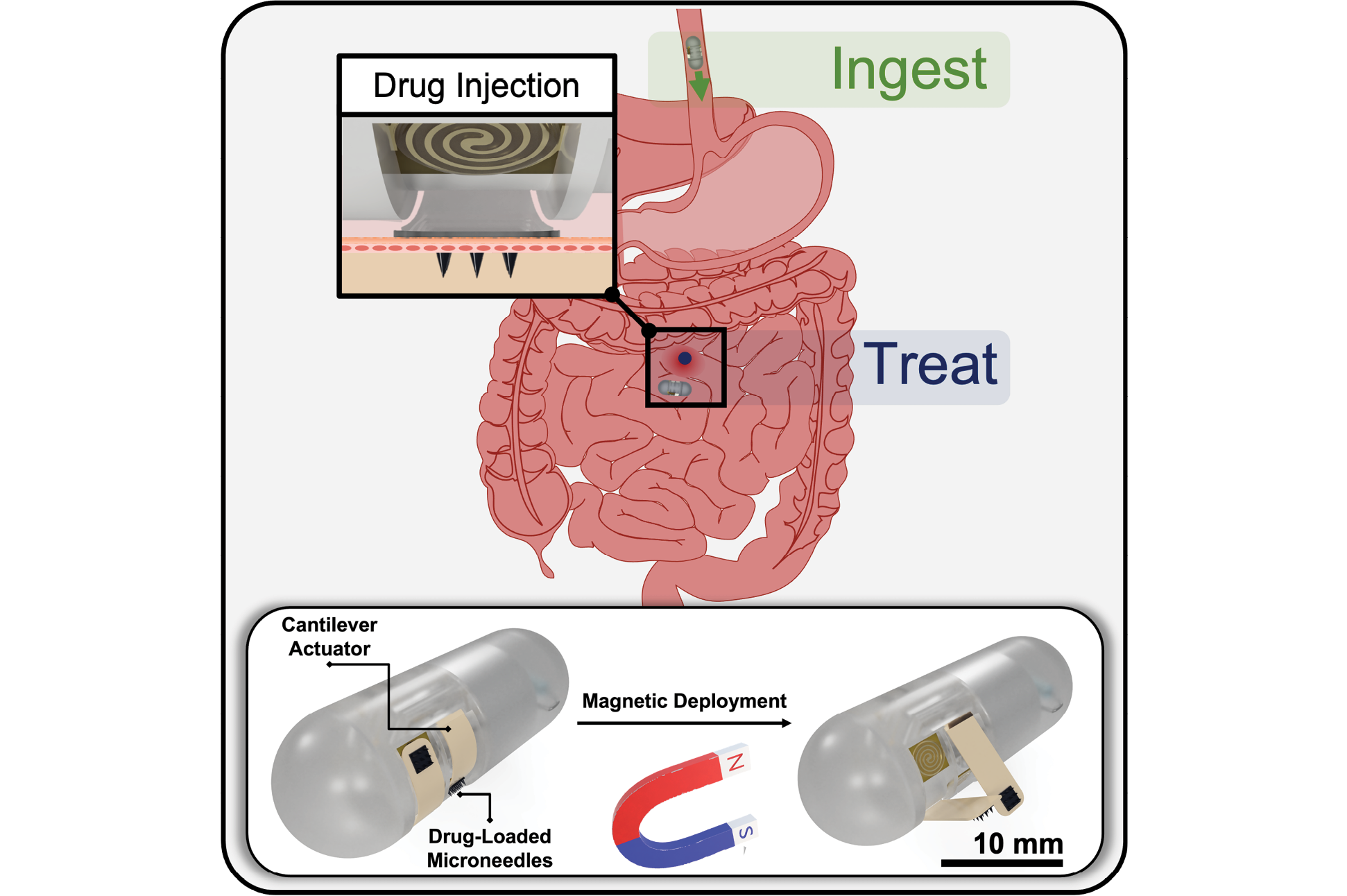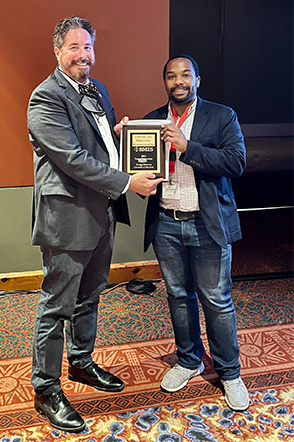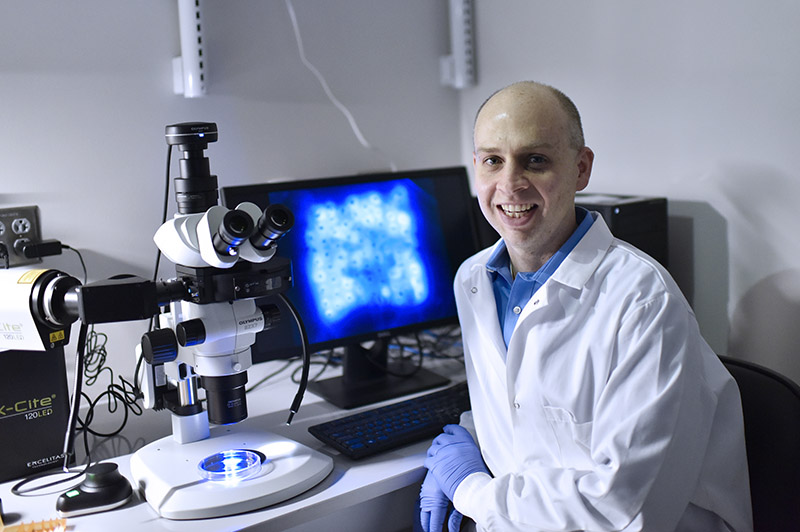News Story
Huang Receives NIH Trailblazer Award & NSF CBET Grant

Dr. Joe Huang
Fischell Department of Bioengineering (BIOE) Assistant Professor Huang Chiao (Joe) Huang has received the National Institutes of Health (NIH) Trailblazer R21 Award for New and Early Stage Investigators from the National Institute of Biomedical Imaging and Bioengineering (NIBIB). This three-year, $621,000 award will support Huang’s efforts to develop a novel light-based technology to improve drug delivery across the blood-brain tumor barrier.
In addition to serving as a BIOE faculty member, Huang is a member of the oncology program at the University of Maryland Marlene and Stewart Greenebaum Cancer Center, and he was recently elected to the American Society for Photobiology (APS) council. Huang is known for his efforts to engineer light-activatable materials that generate photochemistry with specific, tunable characteristics, and to understand the photochemical effects at the interface between biological systems and nanoscale materials. Examples of his contributions include photodynamic priming and multi-functional, tumor-activatable nanocarriers, which have helped to advance the field of photodynamic therapy. His research group is currently exploring the application of photodynamic priming – a sub-lethal, photochemistry-based strategy – to study physiological barriers to drug delivery, immune tolerance, and molecular drug resistance in cells and living animals.
“What is interesting is that we can think about the blood-brain tumor barrier as a two-way street,” Huang said. “We not only want to break down the barrier to get drugs into brain tumors, but we also need to prevent tumor cells from transporting drugs back into our bloodstream.”
Huang and members of his Optical Therapeutics and Nanotechnology Lab are using the chemical reactions generated by a laser to better control the two-way transportation of drugs in the brain.
“Using lasers comes with the challenge that light does not penetrate very deep into brain tissues,” he said.
“But, if we combine our technology with brain surgery in the future, this could potentially prolong the lives of patients with brain cancer.”
Huang has also received a National Science Foundation (NSF) grant to research the fundamental mechanisms by which the chemical effects of light can be exploited to modulate a major category of cells membrane-associated protein, called ATP-binding cassette (ABC) transporters. This award was given through the NSF’s Chemical, Bioengineering, Environmental, and Transport Systems (CBET).
The adenosine triphosphate (ATP) molecule is the nucleotide of intracellular energy transfer. ATP is able to store and transport chemical energy within cells. Energy is released by hydrolysis of the third phosphate group, and this energy is captured by proteins to drive cellular processes. ABC transporters are proteins found within our cells that take toxic chemicals from the inside of a cell and push them to the outside of a cell. Cells in our brain, liver, kidney, and intestine adopt this protective mechanism to drive a variety of drugs out of the tissues, thereby making a number of treatments ineffective.
“There are currently no effective strategies for selective inhibition of ABC transporters in diseased tissues while sparing healthy tissues,” said Huang. The three-year, $650,000 grant will help Huang’s research group work towards the basic understanding of how optical tools can effectively and selectively inhibit ABC transporters at the molecular and cellular levels.
Working at the interface of photonics, engineering and biology, Huang and his team plan to also use NSF support to develop resources for undergraduates and graduate students to further their knowledge in photobiology and photochemistry, and to foster a sense of community.
Published July 7, 2020









